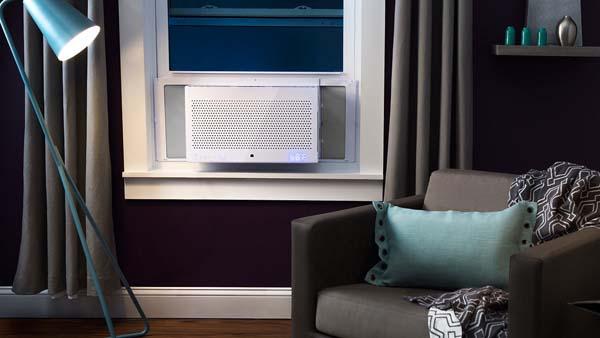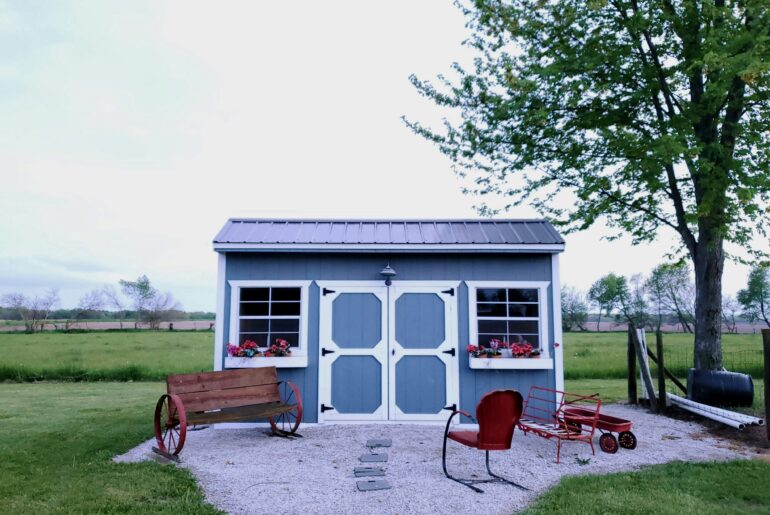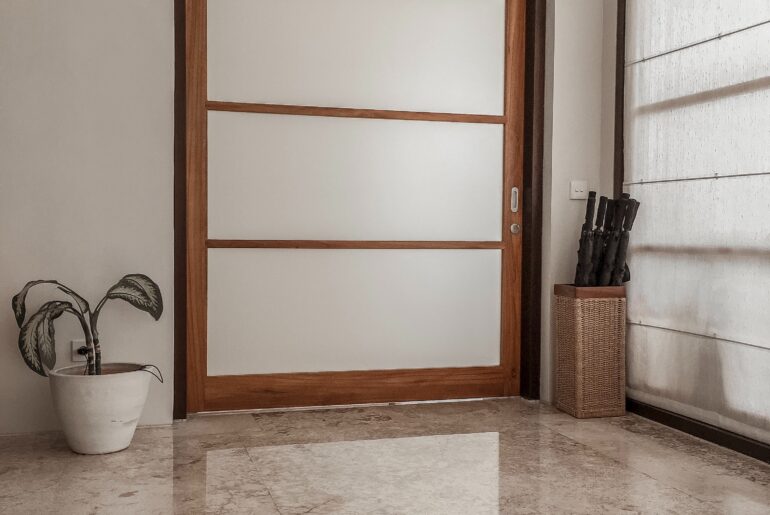A window air conditioner is a boon during a heatwave, and an essential part of the cooling strategy for many homes in Southern states, but what can you do to make sure your AC unit is doing its best?
Unless a window air conditioning unit is properly sealed and insulated it could be costing you more money than it should when cooling down your living space. No one wants to work too hard during a heatwave, and neither does your window AC unit, so what can you do to help it out?
Most new window air conditioning units come with frames that include concertina-style panels that help you install the unit in windows of varying sizes. These help to seal against bugs and, to some extent, air movement, but their insulating properties are practically nil.
Here’s what you should know about insulating around a window air conditioner.
Temporary, Seasonal Insulation Solutions
For most of us, the advent of the window AC unit means summer has arrived, temperatures are on the rise, and we need to keep our cool. Good insulation in the roof, walls, and crawlspaces is essential in keeping our homes at a comfortable temperature.
What you don’t need is for your temporary window AC unit to be letting you down.
Insulating a Window Air Conditioner with Regular Foam Board
Foam board insulation is a great way to insulate the area around your window air conditioning unit. You may have those concertina panels that fit either side of the unit, closing the space left where the unit doesn’t fit right across the space.
Oftentimes there’s more space than concertina panel, so what do you do then?
Foam board insulation to the rescue. An inch-thick board of Styrofoam, cut nice and snug to fit the gaps on either side, is a good, robust way to insulate the area to each side of the unit.
Styrofoam is a good choice for this job if the unit is a seasonal addition to the window as it will comfortably withstand being taken down and refitted year-on-year.
It is also a good budget choice at less than $1.75 a board foot, and you can buy boards that are just 2 feet square too.
Simply seal any gaps all the way around with a caulk mastic to eliminate any drafts.
As an alternative, use a low-tack tape to close any air gaps. Packing tape may leave an unsightly residue that could be hard to clean off and it might damage the paint finish, causing problems if you are renting the property.
Insulating a Window Air Conditioner with Bubble Wrap
Bubble wrap is a good, inexpensive way to insulate around a window-mounted air conditioner without compromising your wallet, and it helps to maintain light levels too.
Layering bubble wrap will increase the level of insulation but the key part of the job is the quality of the air seal around the air conditioning unit.
Using tape to seal the bubble wrap to the window frame, sash, and air conditioning unit is essential to keep air, bugs, and moisture out of the building, allowing the unit to work at peak capacity.
Once you have the seal nice and tight, layer up the bubble wrap to help keep the heat outdoors.
Insulating a Window Air Conditioner with Batt Insulation
If the window air conditioning unit is a tight fit in a smaller window then using thin strips of batt insulation can make for a great result.
Cut it to the width required and then slide it in between the unit and the frame.
Set the unit on a quarter-inch thick strip at the bottom of the window, this will help dampen noise created by any vibration generated by the fan.
Face the exterior edge with aluminum tape to help seal against moisture, air, and bugs.
We would recommend sealing externally with a mastic caulk if the window is accessible from the outside. If not, then use tape or mastic internally to make a seal.
Insulating a Window Air Conditioner with Fancy Vinyl-Covered Foam Board
When your window AC unit is in the main room of the home, or if you simply want a nice clean look to the area right around the unit, then a single-piece, made-for-it, insulating product is the way to go.
There are several products like this one from Jade, that are basically cosmetic items that would likely be best used alongside some of the other insulating solutions set out in this article.
What they do insulation-wise is limited. Cut them out of a single piece of vinyl-covered foam to fit around the unit and disguise the bubble wrap, foam board, or who knows, the cardboard that you have packed into the gap between the unit and the window frame.
These panel sets come with a roll of tape that leaves no residue when removed, and the vinyl finish is wipe clean, ideal for bathroom, or kitchen installations.
Top Tips for Fitting a Window Air Conditioning Unit
Go North!
If possible, always fit your air conditioning unit in a north-facing window that gets the least amount of direct sunlight. If the aircon unit is in the shade for 90% of the day, then it won’t have to work as hard as a unit that spends all day in the sun.
Go Up!
Home security is a big thing, and if you are already on an upper story then it’s all good. If your home is on two levels, the best position for a window AC unit will be on the upper floor.
Those concertina panels on either side of the unit are a weak link. If they are out of reach to opportunist burglars, then that’s got to be a good thing.
Going Up Again!
Hot air rises, so tackling the space where the hottest air is going to be will make for positive air movement, exchanging cooler air upstairs and forcing a flow through the living space. Keep the door to the room open, and perhaps position a fan in the doorway too.
I Only Have One Window!
In this case, consider installing a through-wall air conditioning unit, or a floor-standing AC unit that only requires a small vent.





